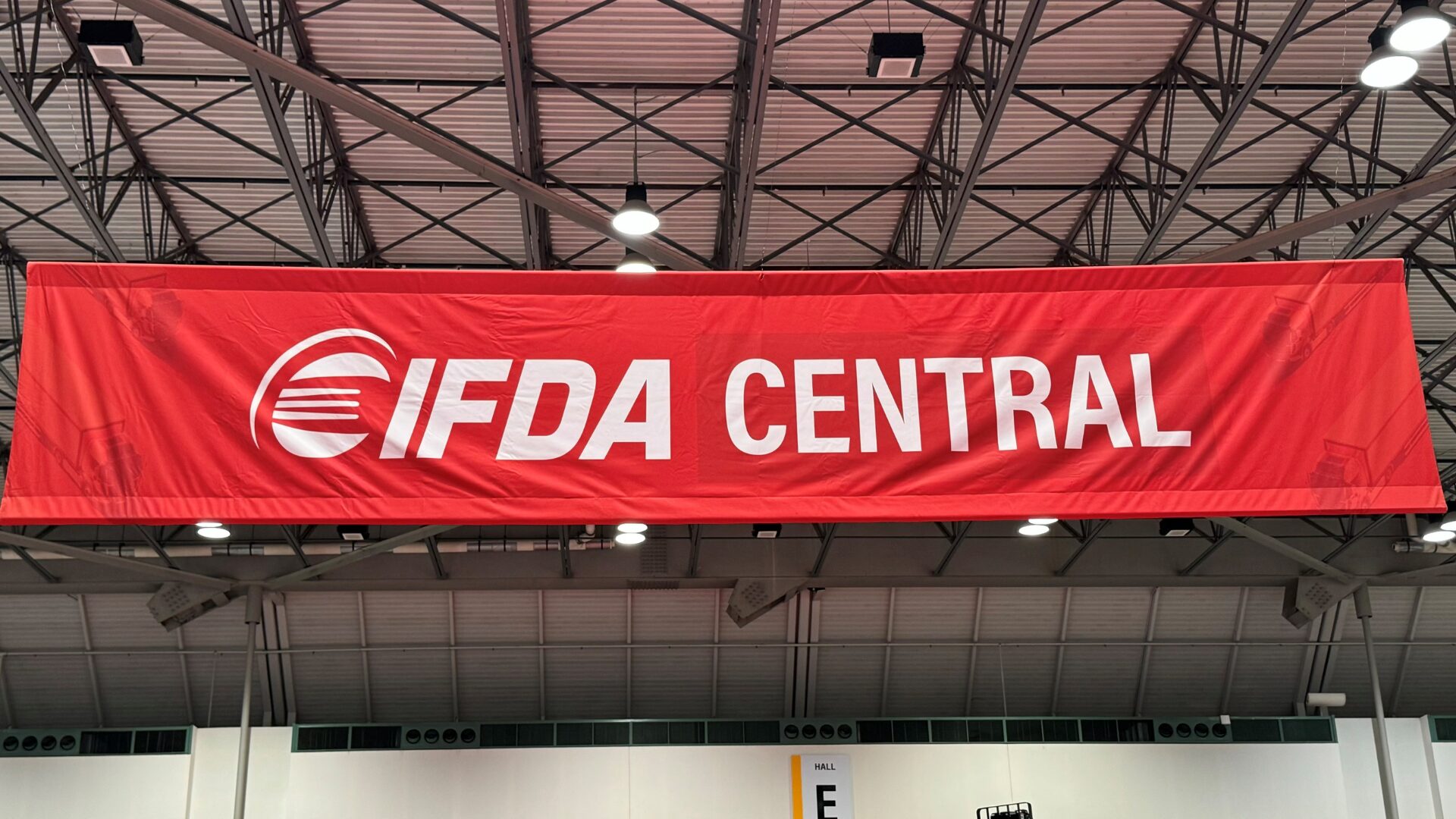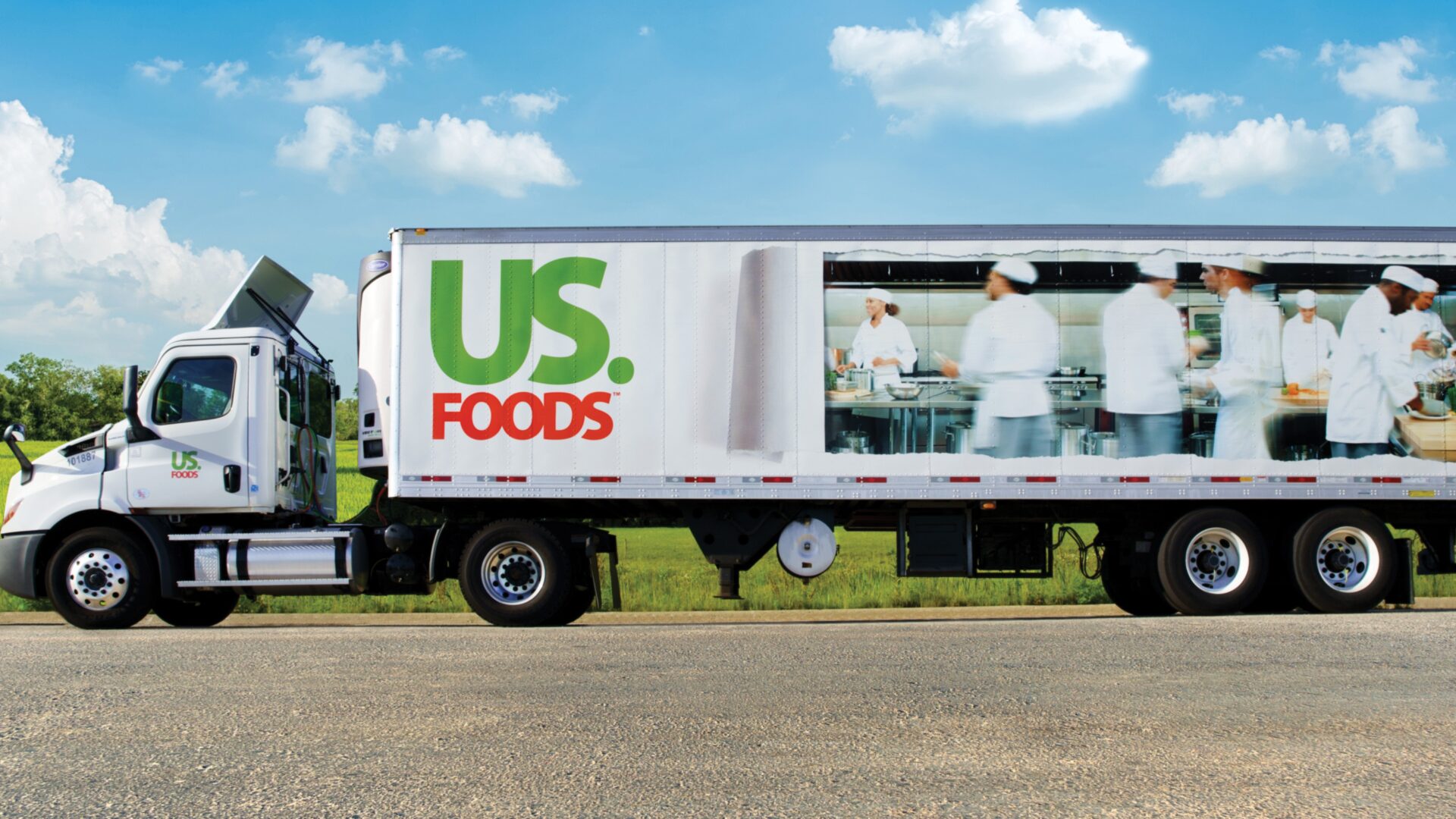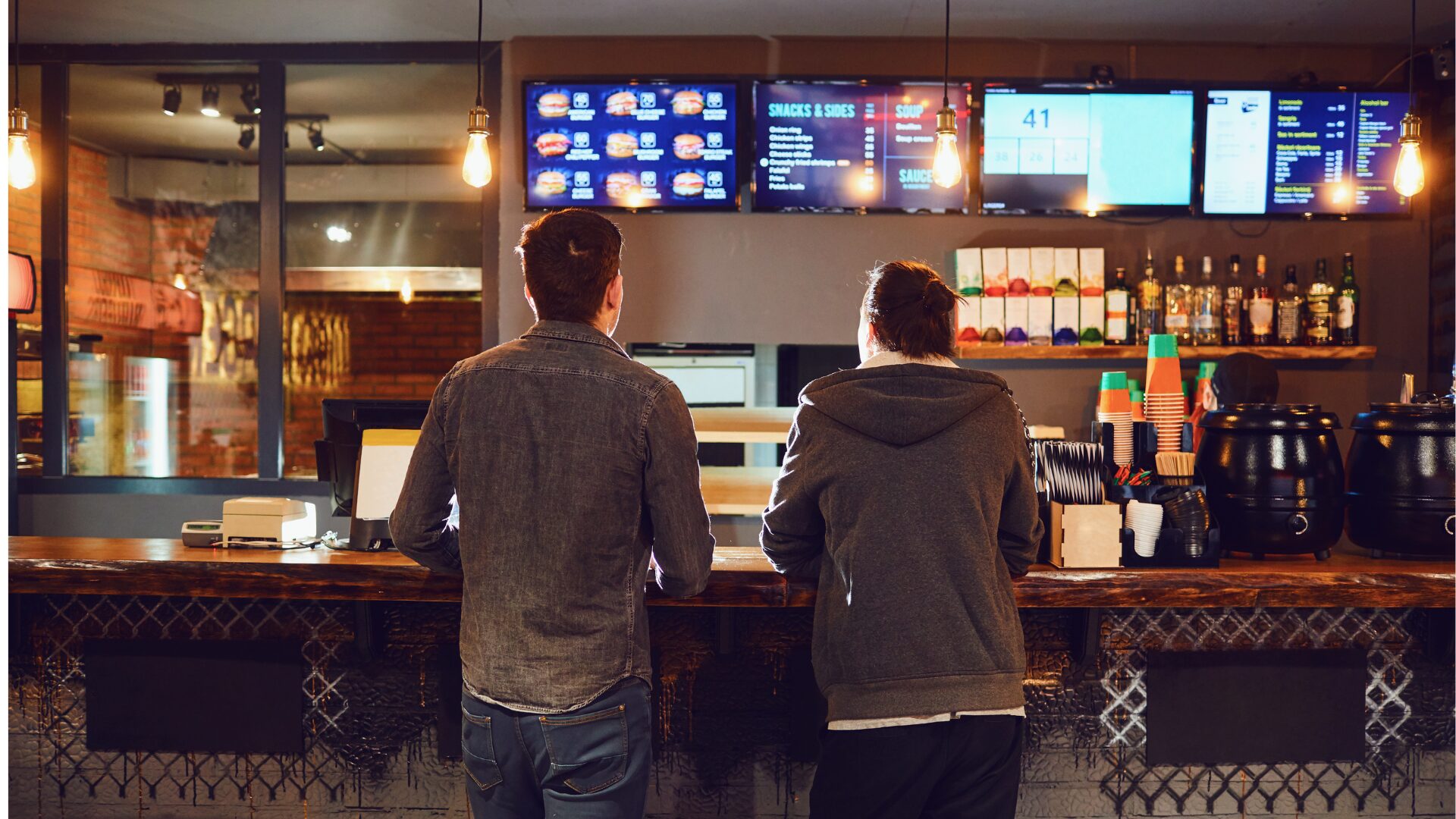KANSAS CITY, Mo. – Data, insights, and more were on the menu as the foodservice distribution industry gathered for the 2024 Solution Conference, hosted by the International Foodservice Distributors Association (IFDA), which IFDA President and CEO Mark S. Allen called “the best 48 hours you’ll spend this year.”
Conversations about artificial intelligence’s impact on supply chain dynamics, discussions on regulatory issues that could impact the foodservice distribution industry, and good, old-fashioned networking were all on the menu at the recent event.
One theme, however, seemed prevalent on the show floor and within educational sessions: emerging technologies and AI solutions should be used to improve the human worker experience, and not supplant it.
Expanding Possibilities from AI
In the opening keynote, Dr. Pippa Malmgren jumped between many geopolitical and technological advancements that would impact the world in coming years, but honed in on AI’s ability to expand what was possible.
Increasing computational power could change how AI impacts the food industry, according to Dr. Malmgren. As an example, she cited Google’s GNoME AI, which has found 2.2 million crystals. Of that sample, 380,000 of them were stable materials. It remains unknown what practical applications these new materials will have, but it does showcase the expanding boundaries of possibility.
However, she noted humans would be instrumental in determining the usefulness of these types of materials; human ingenuity and input would remain paramount to the development of new technologies.
A Focus on Safety in Distribution
In an educational session entitled “From Reactive to Proactive: How AI is Transforming the Role of Dash Cams and other Fleet Safety Tech,” executives from Sysco Corp., Performance Foodservice Group, and Aunt Millie’s Bakery showed how the introduction of AI technology on trucks was making roadways safer.
All three companies represented on stage said they had installed Samsara technology on the trucks in their fleets, and that the technology had been used to improve their safety ratings.
Beth Woodbury, vice president of safety at Aunt Millie’s Bakeries, noted that installing dash cams on vehicles could sometimes engender opposition from drivers. It was paramount to get buy-in from this group.
“Dash cams were, and they still are a very sensitive subject, so we’re implementing them slowly. Trying to get the union buy-in, employee buy-in; we’re reinforcing that we’re not trying to create turnover with this. It’s not a disciplined program, it’s a more proactive program,” she said.
In-Person Connectivity Still Key for the Industry
The IFDA Solutions Conference show floor featured emerging technology that could make things easier for workers, including warehouse robots that could help move pallets, wearable robotic tech that could better support humans as they move objects, and camera systems to help with inventory management.
However, many show attendees noted how important it was to meet in person. When asked about the importance of being at the conference, Marrad’s Jim Owens said it was a great opportunity to see what technology and potential partners were out there.
“We do walk the show ourselves and look at other booths and see what people were able to offer, and then also how they’re marketing themselves, and then the opportunity for us to introduce ourselves,” he said.
Brett Olsen of Utility Trailer Manufacturing Company, who had been going to IFDA events for three decades, also noted it was an opportunity to meet with key industry stakeholders.
“The value [of the conference] is our customers are here…and that’s one of our fortes. Those are the people that are here, that’s the value of the conference,” he said.
The Food Institute Podcast
Restaurant results for the second quarter weren’t stellar, but people still need to eat. Are they turning to their refrigerators, or are restaurants still on the menu for consumers? Circana Senior Vice President David Portalatin joined The Food Institute Podcast to discuss the makeup of the current restaurant customer amid a rising trend of home-centricity.












